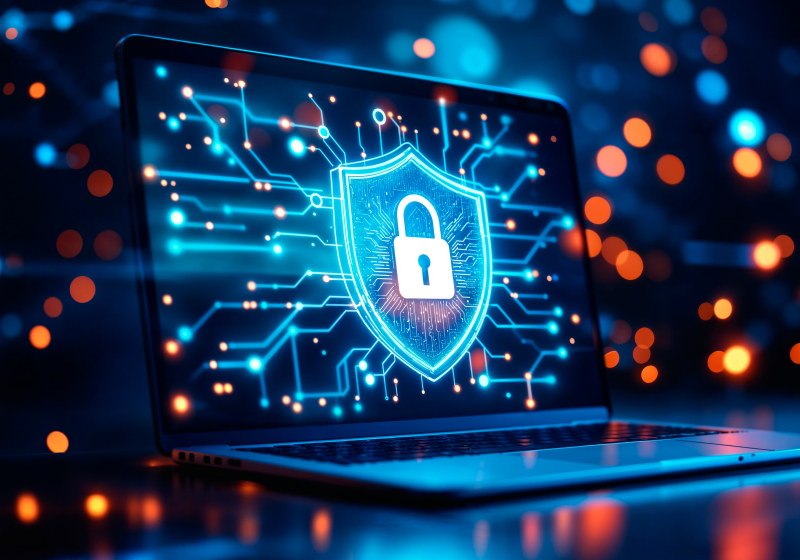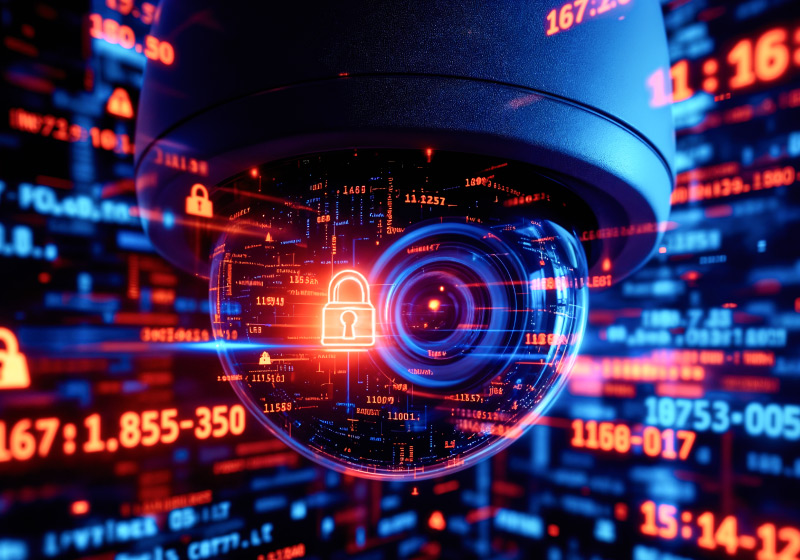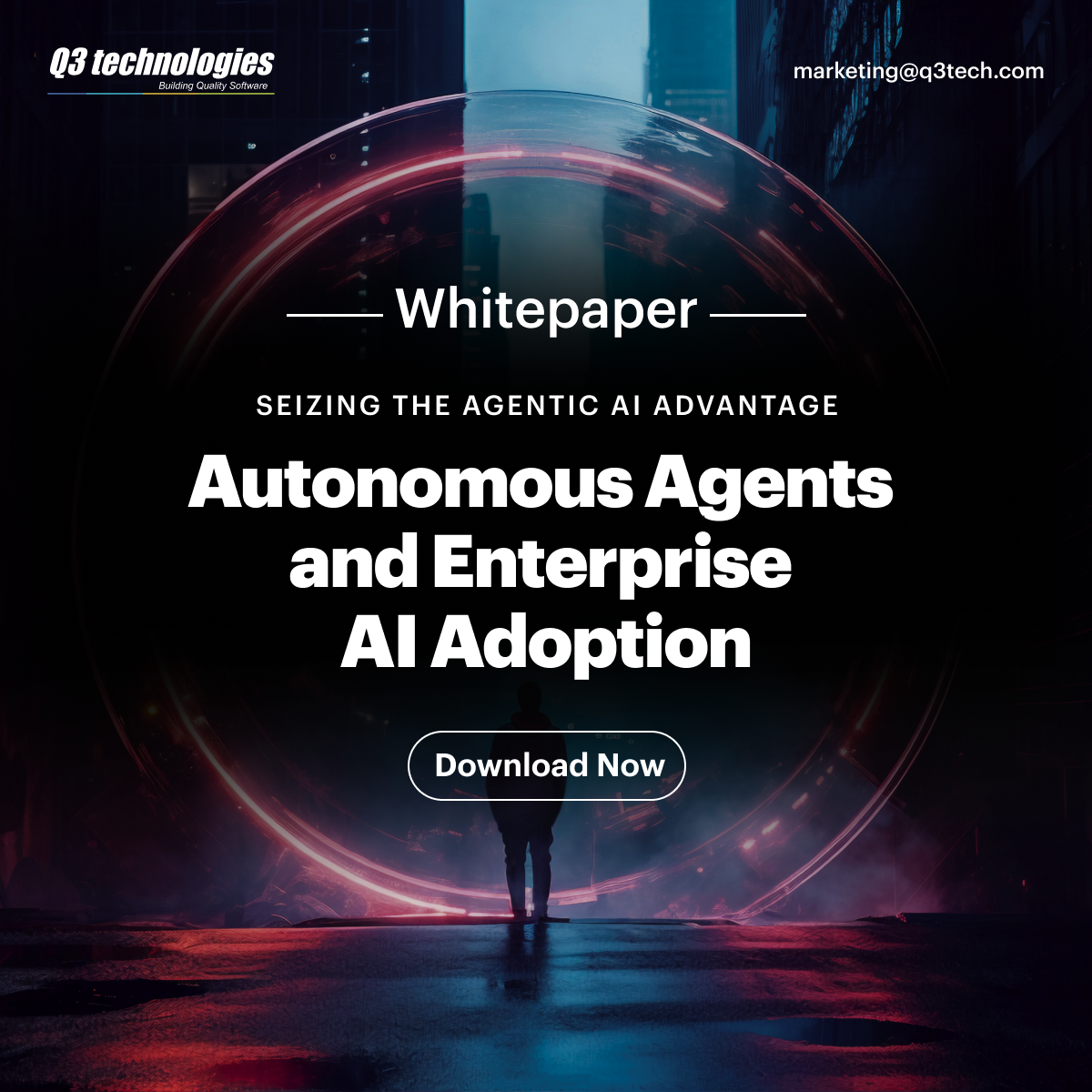Cybersecurity
5 Cybersecurity AI Myths Debunked
 Updated 16 Apr 2025
Updated 16 Apr 2025

In a digital age where cyber threats are becoming more advanced and deceptive by the day, Artificial Intelligence (AI) has become a game-changer in the cybersecurity space. According to a recent report, AI-enabled cybersecurity tools helped reduce data breach costs by an average of $1.76 million. Another study by Statista revealed that over 69% of global organizations have adopted AI-driven tools to improve threat detection and response times.
Despite these advances, many businesses still fall prey to cybersecurity myths, especially those involving AI. Misinformation around AI capabilities, limitations, and use cases continues to muddy the waters. These myths create confusion and delay the adoption of technologies that can safeguard businesses against advanced threats. So, what are the most common misconceptions about cybersecurity? Let’s dive into the most common ones and unravel the truth.
What Are Cybersecurity AI Myths?
Cybersecurity AI myths are widely held false beliefs about how artificial intelligence is used to protect digital systems. These myths typically arise due to a lack of technical knowledge, unrealistic expectations, or outdated information. From assuming AI can operate without human oversight to fearing it will replace cybersecurity professionals, these myths can severely impact decision-making processes.
Understanding AI myths vs reality is crucial for organizations looking to invest wisely in technology. As the future of AI in cybersecurity evolves, it’s essential to separate hype from truth to ensure proper implementation, compliance, and risk mitigation.
Myth 1: AI Alone Can Handle All Cybersecurity Threats
One of the most dangerous AI myths is the belief that AI can function entirely independently to identify and mitigate cyber threats. While AI can process vast amounts of data quickly, it requires human input to interpret complex scenarios and make ethical decisions.
AI-based tools are best used to augment human efforts, not replace them. They automate routine tasks, such as malware detection and anomaly identification, but human experts are still needed for threat analysis, strategic planning, and incident response.
Believing in full autonomy ignores one of the most pressing AI cybersecurity challenges: context awareness. AI cannot understand business-specific nuances unless adequately trained and supervised.
Ready to strengthen your cybersecurity strategy with AI?
Talk to our experts at Q3 Technologies and discover tailored AI solutions for your business.
Myth 2: AI in Cybersecurity Is Only for Large Enterprises
Another common myth is that only big corporations with deep pockets can afford AI-powered cybersecurity tools. The truth is that scalable AI solutions are now available for businesses of all sizes, thanks to the rise of Cybersecurity Services Companies offering customizable packages.
From SMBs to enterprises, organizations can now leverage AI to improve threat detection, streamline compliance, and reduce manual workloads. Cost-effective models, including SaaS (Software as a Service), make implementation easier and more affordable than ever before.
Ignoring AI due to budget myths can leave smaller companies vulnerable to attacks, mainly because they are often targeted due to weaker defenses.
Myth 3: AI Always Delivers Accurate Cybersecurity Results
Among the most misunderstood AI myths is that AI is flawless. While AI improves efficiency and reduces human error, it’s not immune to mistakes. AI systems are only as good as the data they are trained on. Poor-quality datasets can result in false positives, missed threats, or biased decision-making.
Relying unthinkingly on AI-generated insights can lead to disastrous consequences. Organizations must continuously monitor, validate, and train AI models to ensure accuracy and reliability.
This myth also overshadows one of the key AI cybersecurity challenges: adapting AI to new and emerging threats that deviate from previously learned patterns.
Myth 4: AI Cybersecurity Threatens Jobs in the Industry
One of the most persistent AI myths vs reality debates is whether AI will replace cybersecurity professionals. In truth, AI complements human capabilities rather than replacing them. It automates repetitive tasks, enabling security teams to focus on more complex strategic functions.
Rather than eliminating jobs, AI is transforming them. Cyber professionals must now learn to work with AI tools to gain insights and take proactive measures. This creates new roles like AI model trainers, cybersecurity analysts with ML expertise, and ethical hackers using AI tools.
The future of AI in cybersecurity is not job elimination but job evolution. Human expertise will always remain central in critical thinking and decision-making.
Myth 5: AI Poses More Security Risks Than Benefits
Some organizations hesitate to adopt AI in cybersecurity because they fear hackers can weaponize AI. While it’s true that Generative AI Development Services can be misused to craft sophisticated phishing campaigns or malware, the benefits of AI in defensive cybersecurity far outweigh the risks.
Businesses can use AI ethically and responsibly to gain unmatched advantages in real-time threat detection, behavioral analytics, and predictive modeling. Proper governance and oversight are key to mitigating misuse.
Rather than being a threat, AI is vital in staying ahead of evolving cybercriminal tactics. Organizations that avoid AI for fear of its misuse risk falling behind in security innovation.
Let Our Clients Speak for Us
Read honest feedback and success stories that showcase our commitment to excellence.
Why Cybersecurity AI Myths Matter
Myths are not just harmless misconceptions; they can have real-world consequences. Believing these myths can lead to poor security decisions, inefficient resource allocation, and increased cyberattack vulnerability.
By recognizing these falsehoods and learning the difference between AI myths and reality, organizations can make informed decisions and responsibly leverage the full power of AI. Understanding the future of AI in cybersecurity helps businesses better prepare for threats while also staying compliant with regulations.
The Future of AI in Cybersecurity
AI is not a silver bullet but a powerful ally in building a proactive, responsive cybersecurity framework. The future of AI in cybersecurity includes real-time threat prediction, adaptive defense mechanisms, and seamless integration with IoT and cloud platforms.
As the landscape grows more complex, combining AI with Cybersecurity Services Companies will be essential for building a resilient digital ecosystem. These services can provide the right blend of technology and expertise needed to combat emerging threats.
Furthermore, advances in Generative AI Development Services enable faster and more intelligent ways to detect and respond to attacks, including deepfake detection and automated security testing.
What Are Some Misconceptions About AI Cybersecurity?
To recap, here are some of the biggest cybersecurity myths involving AI:
- AI can replace human cybersecurity experts entirely.
- AI solutions are only suitable for large organizations.
- AI is 100% accurate and free from errors.
- AI in cybersecurity reduces job opportunities.
- AI usage poses more security risks than benefits.
These AI myths prevent companies from embracing technologies that could significantly enhance their cybersecurity posture. Understanding these misconceptions about AI cybersecurity is the first step to overcoming them.
Don’t let myths hold your security back!
Explore our advanced Cybersecurity Services powered by AI.
How Q3 Technologies Helps You Navigate AI in Cybersecurity Challenges
At Q3 Technologies, we understand the importance of distinguishing between myth and reality regarding cybersecurity. As a trusted Cybersecurity Services Company, we offer end-to-end solutions integrating advanced AI with proven security strategies.
Here’s how we empower your business:
- Customized AI Solutions: We tailor AI-powered security frameworks that suit your unique business needs and risk landscape.
- Real-Time Threat Detection: Our AI models are continuously trained and updated to identify emerging threats.
- Expert-Led Oversight: Our cybersecurity professionals use AI tools to provide well-rounded, intelligent defense systems.
- Generative AI Development Services: From predictive modeling to generative threat simulations, we offer innovative services to future-proof your security.
- Compliance & Governance: We help you stay compliant with global cybersecurity standards while leveraging the best of AI.
Our commitment is to deliver cutting-edge technology and guide you through the responsible and strategic adoption of AI in cybersecurity.
Conclusion
AI can revolutionize cybersecurity only if it is correctly understood and applied. The journey begins with debunking cybersecurity myths and embracing a balanced view of AI myths vs reality. With the right partner like Q3 Technologies, businesses can overcome AI cybersecurity challenges, dispel misinformation, and move confidently into the future of AI in cybersecurity.
FAQs
What are the most common myths about AI in cybersecurity?
Some common myths include the belief that AI can operate without human input, that it’s only for large enterprises that are always accurate and curated, that it replays jobs, and that it poses more risks than benefits.
Can AI completely replace human cybersecurity professionals?
No. AI is designed to assist, not replace, cybersecurity professionals. It automates repetitive tasks, but human expertise is essential for decision-making, strategy, and oversight.
Is AI in cybersecurity only affordable for large companies?
Not anymore. Scalable AI-powered security solutions are now available through cost-effective models like SaaS for small and medium businesses.
How accurate is AI in detecting cyber threats?
AI significantly improves threat detection, but it is not flawless. The accuracy depends on data quality and model training, and human validation is still necessary.
Does using AI in cybersecurity increase security risks?
While attackers can misuse AI, its benefits in threat detection and response far outweigh the risks when implemented responsibly and ethically.
Why is it dangerous to believe cybersecurity AI myths?
Believing in AI myths can lead to poor security strategies, delayed technology adoption, and increased vulnerability to cyberattacks.
How does AI help improve cybersecurity?
AI enhances cybersecurity by enabling real-time threat detection, behavioral analytics, anomaly detection, and faster incident response.
What is the future of AI in cybersecurity?
The future includes predictive analytics, adaptive defense mechanisms, deepfake detection, and seamless IoT and cloud security systems integration.
How do cybersecurity services companies use AI?
They use AI to offer real-time monitoring, predictive threat analysis, automated security workflows, and compliance tracking for diverse industries.
How can Q3 Technologies help with AI-powered cybersecurity?
Q3 Technologies offers customized AI cybersecurity solutions, real-time threat detection, expert oversight, and advanced Generative AI development to protect your digital assets.
Explore More

Cybersecurity vs AI
Cybersecurity or AI: Which is Most Suitable with Managed IT Services?

Cyber Security
Cyber Security In Fintech: 8 Reasons Why Is It Important

Artificial Intelligence
